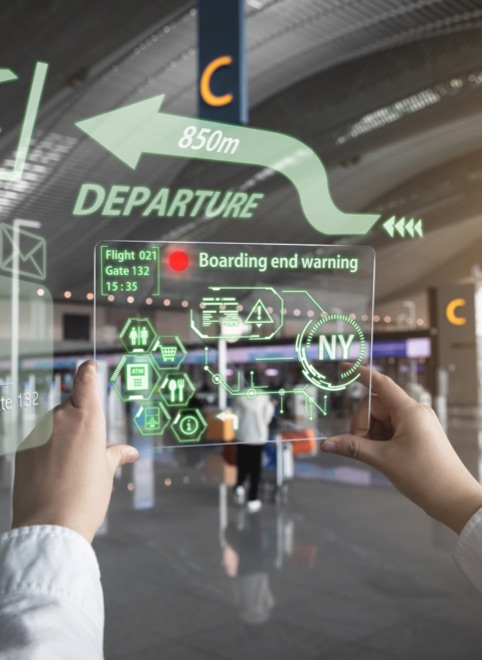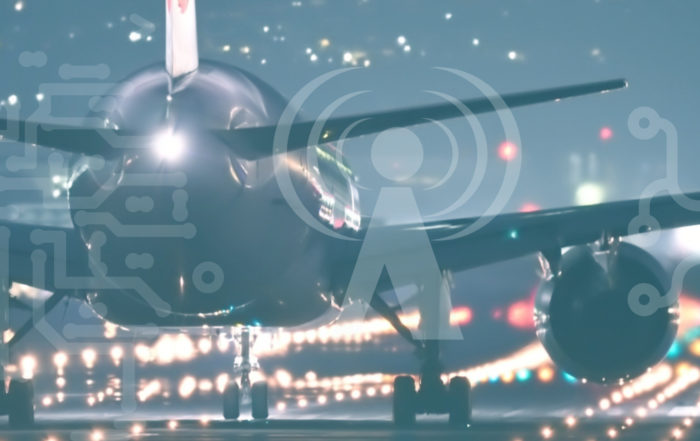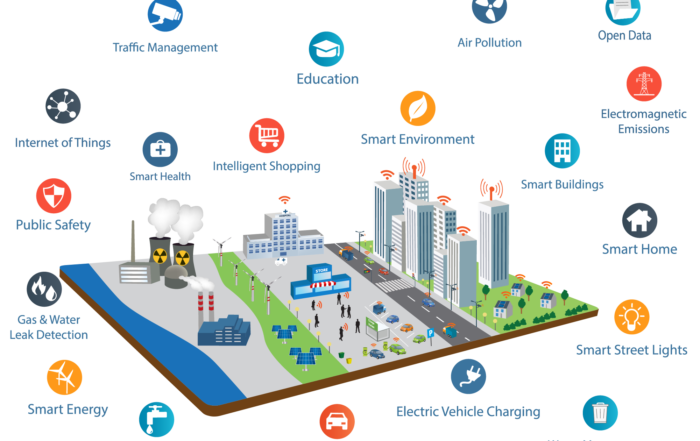The Evolution of Common Use in Airports: From LAX to Shanghai and Beyond
The Evolution of Common Use in Airports: From LAX to Shanghai and Beyond
The Rise of Common Use and What It Means for Airlines and Passengers
Abstract
The common use approach in airports has become an increasingly popular trend in the aviation industry, driven by the need for cost savings, increased efficiency, and improved passenger experience. By sharing infrastructure, technology solutions, and terminal facilities, airlines can reduce costs, improve turnaround times, and adapt more easily to capacity constraints. Digital platforms, self-service kiosks, automated baggage handling, and gate assignment management systems are just a few examples of the technology solutions that are enabling shared infrastructure in airports. Additionally, common use infrastructure provides increased flexibility and environmental sustainability, making it an attractive option for airports and airlines alike. This article explores the key benefits of common use in airports, and how the industry is leveraging technology and collaboration to drive innovation and efficiency in airport operations.


History of Common Areas
The concept of common use in airports has been around for several decades, but it has evolved significantly over time as technology and the aviation industry have changed.
The first airport to implement a common use system was Los Angeles International Airport (LAX) in the 1960s. At the time, LAX was experiencing significant growth in air traffic and did not have enough space to accommodate all the airlines that wanted to operate there. To address this issue, LAX implemented a common use system that allowed airlines to share terminal facilities and infrastructure.
Over time, the concept of common use spread to other airports around the world, driven in part by the growing need for cost savings and efficiency in the aviation industry. In the 1980s and 1990s, airports began to develop more sophisticated common use systems, using technology such as computerized reservation and check-in systems to facilitate shared use of infrastructure.
In the 2000s and 2010s, the trend towards common use continued to accelerate, with airports investing in advanced technologies such as self-service kiosks, automated baggage handling systems, and digital platforms to manage gate assignments and baggage handling. These technologies have made it easier for airports to facilitate common use while also improving efficiency and the passenger experience.
What are the main benefits to this approach?
There are several benefits to the common use approach in airports:
- Cost Savings: Common use infrastructure allows multiple airlines to share the same facilities and equipment, reducing the need for each airline to invest in its own infrastructure. This can result in significant cost savings for airlines, which can be passed on to passengers in the form of lower ticket prices.
- Improved Efficiency: By sharing infrastructure, airlines can improve efficiency and reduce turnaround times for aircraft. This means that planes can spend less time on the ground and more time in the air, resulting in increased revenue for airlines and fewer delays for passengers.
- Increased Flexibility: Common use infrastructure allows airlines to adapt more easily to changing demand and capacity constraints. For example, if an airline experiences a sudden increase in demand, it can use common use facilities to quickly add more flights and capacity.
- Enhanced Passenger Experience: Common use infrastructure can also improve the passenger experience by providing access to more amenities and services, such as lounges, self-service kiosks, and automated baggage handling systems. This can help reduce wait times and make the travel experience more convenient and enjoyable for passengers.
- Environmental Benefits: By reducing the need for each airline to invest in its own infrastructure, common use infrastructure can also help reduce the environmental impact of air travel. For example, shared baggage handling systems can reduce the amount of energy and resources needed to process baggage, while shared lounges and amenities can reduce the amount of space needed for each airline to provide its own facilities.


In Conclusion
Overall, the common use approach in airports offers numerous benefits to airlines, passengers, and the environment, making it an increasingly popular trend in the aviation industry.
In conclusion, the common use approach in airports has become an increasingly important trend in the aviation industry, driven by the need for cost savings, increased efficiency, and better service for passengers. By sharing infrastructure and technology, airlines and airports can reduce costs, improve turnaround times, and enhance the passenger experience. Additionally, common use infrastructure can provide increased flexibility and environmental benefits, making it a win-win solution for all parties involved. As the industry continues to evolve, it is likely that common use will become an even more important trend, helping airlines and airports stay competitive and meet the changing needs of passengers and the environment.







